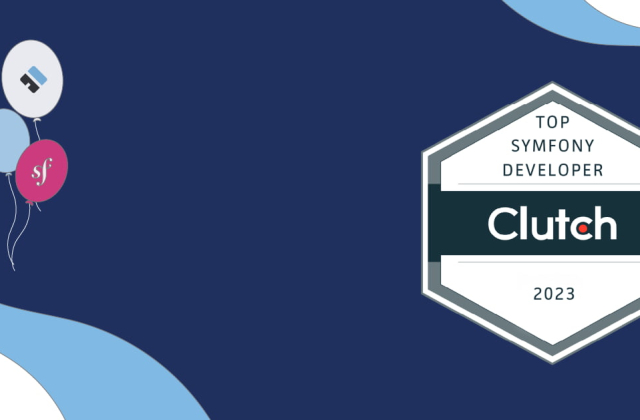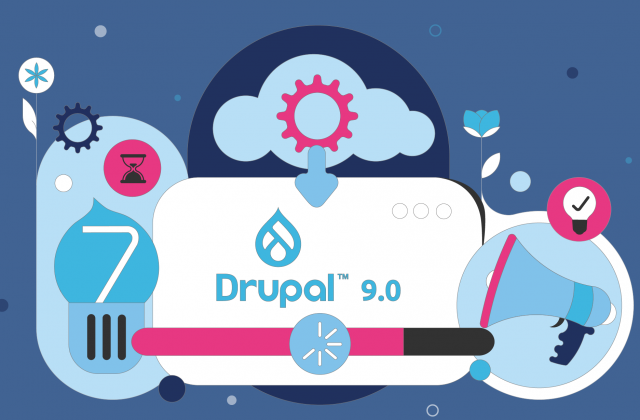Here are two current problems in the field of social media:
Firstly, a tricky issue for businesses wanting to make use of social media has always been the difficulty in precisely quantifying the benefits. The main reason for this is that social media has been used mainly in a marketing capacity and, although various analytics are available, it is nonetheless still difficult to identify exactly how much revenue might be generated by a social media marketing campaign.
Secondly, because of the sheer level of activity on the major social networks these days (largely driven by increases in user numbers as well as greater levels of use facilitated by mobile apps), things are getting noisy. You know that feeling when you check your Facebook newsfeed and there’s just streams of pointless and uninteresting status updates crowding out the stuff you really care about – well that’s what most people are experiencing when they log-in these days.
Facebook has tried to get around this by introducing the ‘favourites’ feature whereby you can prioritise pages or friends whose content you most want to see (meaning it gets highlighted instead of being buried under the noise). The problem is that then you can lose the diversity of content on offer if you filter by source (i.e. you might as well only have 20 friends then). If only there was a way to filter by the ever-elusive category of ‘quality’ or perhaps a way to dis-incentivise posting rubbish content…
So, right on cue: enter Pheed, a new social media start-up that looks very promising indeed – and might just go some way towards addressing the two problems mentioned above.
Pheed is a clever little social media aggregator that bundles multiple social media accounts into one single channel for each user so everything from Instagram photos, Facebook status updates, tweets and Soundcloud tracks can be found in one easy place. The second key feature is that Pheed allows users to charge others to subscribe to their content (although this is completely optional). Initially launched one month ago, a new version of Pheed (desktop browser and iOS only at the moment) has just been released and is garnering praise all over the show.
So what’s so ground-breaking here? Well, there’s two ways in which I think Pheed could really shake things up:
1. While there are plenty of aggregators out there aimed at simplifying the operation of multiple social media accounts, mainly to make life easier for social media marketers, there are fewer aimed also at unifying things at the other end. So in other words, while something like Postling can make managing multiple accounts easier, Pheed promises to make following multiple accounts easier.
So, for example, let’s say you’re a fan of Metallica, Justin Bieber, or Madonna. Things like Postling or Tweetdeck exist to make things easier for them to manage all their accounts. Now, Pheed promises to make things easier for you to follow them all in one easy place. To summarise, while tools like Postling have proved effective at aggregating things for content creators (such as SM marketers with multiple accounts) – Pheed looks set to tackle aggregation at the other end as well, making it easier to follow multiple accounts.
2. The second important point is that Pheed has an obvious revenue model in that it offers the option for content creators to charge users to follow their Pheed. This means not only that the start-up has a viable income stream but also, more importantly, that social media use can potentially become a revenue stream in itself – directly monetised rather than being a secondary support of sales elsewhere.
This is important for both content creators and followers. For the former, Pheed offers a way to convert SM presence and activity into a viable revenue stream. Judging by the impressive list of high-profile celebrities that have already signed up to Pheed, this is a welcome development.
Meanwhile, for users, the fact that content is being paid for should drive up its quality. So perhaps we’ll no longer see inane and uninteresting updates or posts simply as a filler of the void. Instead, if quality content will be more directly financially rewarded (i.e. more paying subscribers etc) then perhaps this will dis-incentivise rubbish content and improve user experience.
The single biggest question mark over Pheed will be over how many actual paying subscribers can be generated. How much will people be prepared to pay for this content which they have up until now enjoyed for free? Will it be possible to keep the subscriber-only content successfully walled off?
One thing is for sure, I’ll be watching Pheed closely in 2013 as I think it could be one of the big tech stories of the next 12 months!




